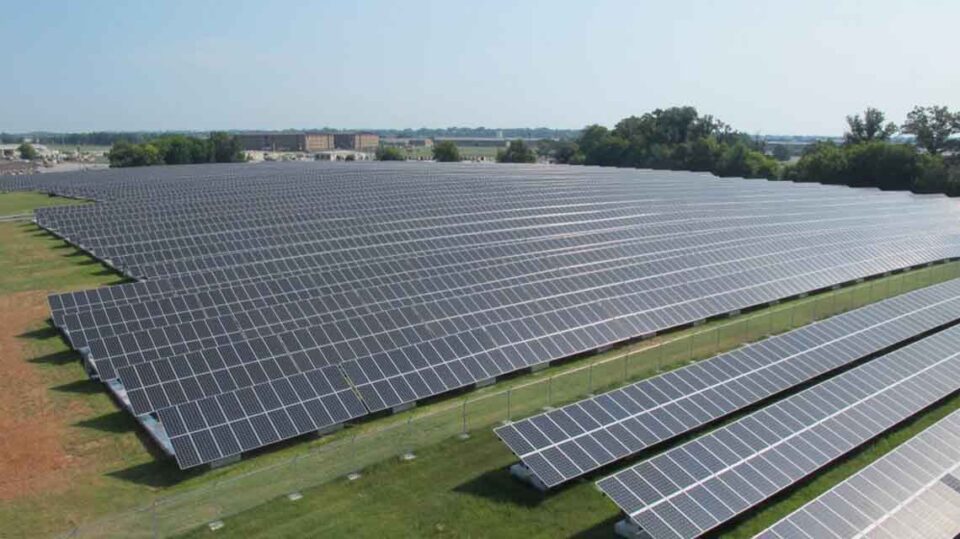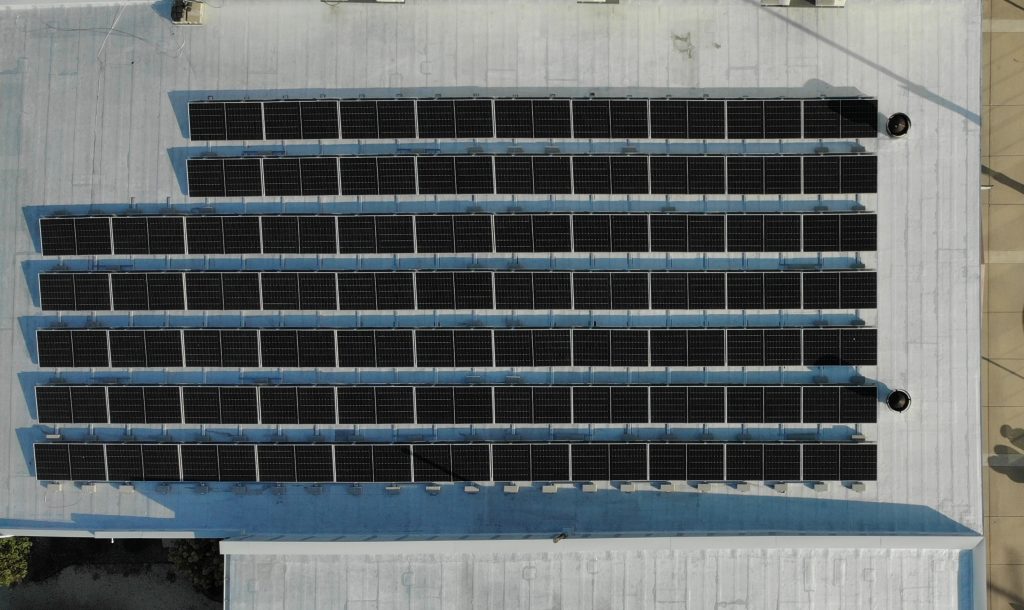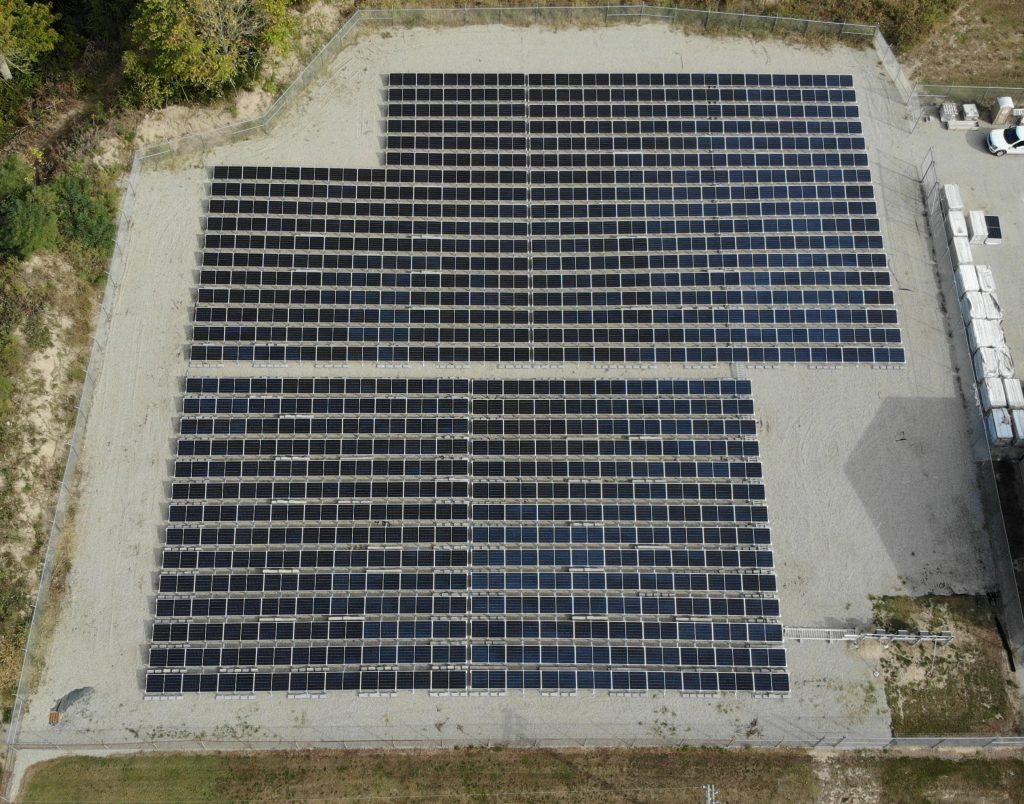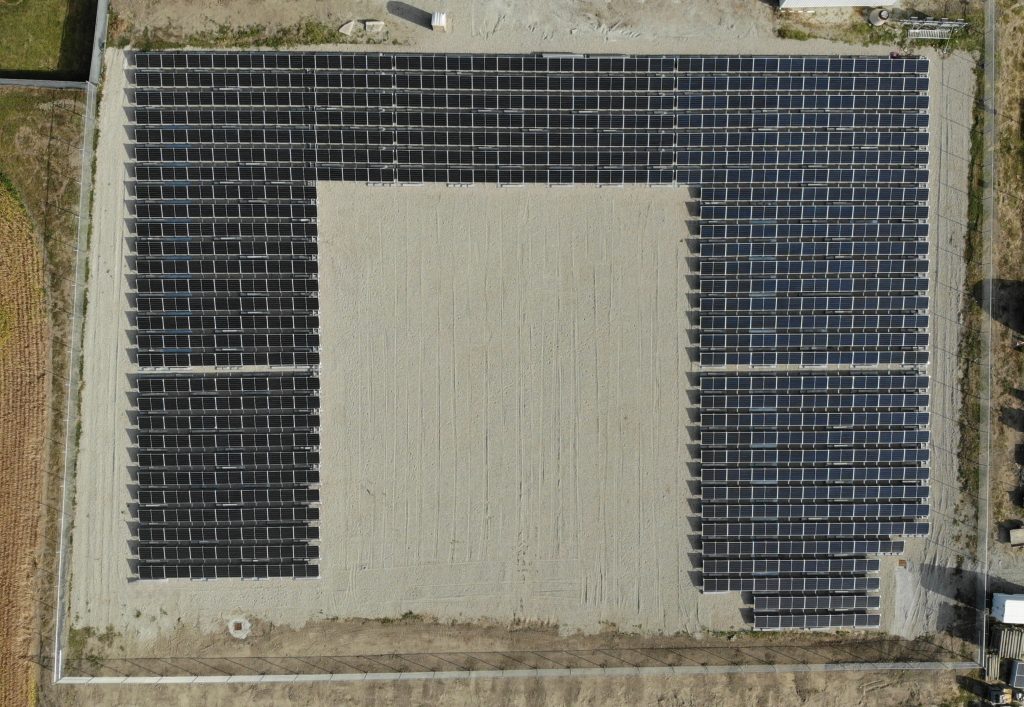Solar Energy for Government Buildings
Why Put Solar on Government and Military Facilities?
Federal
The federal government is the nation’s largest energy consumer and spends billions of dollars annually to power its permanent military installations. Incorporating solar for military facilities is beneficial because it can lower energy costs. We have already partnered with various federal agencies to install solar energy systems for government and military facilities across the United States. We plan to continue to grow these partnerships.
State
Solar for state governments allows for a reduction of operational costs and predictable electrical cost budgets, offering protection from annual utility cost increases for the state. Many states, like Virginia, have enacted laws and policies to dramatically increase the production and consumption of renewable energy. Virginia has a goal of 30% renewable energy by 2030 and 100% carbon-free energy by 2050.
Local
Like state governments, local governments are concerned about declining tax revenues and cost exposure of utility rate increases. Solar for local government facilities can help. City and county budget planners are excited that solar energy provides cost savings while demonstrating financial and environmental stewardship to its taxpayers.

Government Facilities Installation Process

Step One
Based on the client-provided 12-month utility usage documentation, we will help develop goals and project specifications for solar savings.

Step Four
We validate the design and financial performance of the proposed solar project and sign an agreement with the customer and/or the financier.

Step Two
We come to the facility and evaluate the electrical components, roof condition and warranty, as well as the structural requirements so that we can design the solar project based upon the identified needs.

Step Five
We secure the permits and build the solar project. Then we validate the project completion with the customer and/or financier.

Step Three
We design a customized solar proposal, identify the financing partner(s) (if required), and explain the technical and financial performance goals for the project’s lifecycle.

Step Six
The customer enjoys the many benefits of their new solar installation.
Solar Project Highlights for Government and Military Facilities

Union City City Hall
Union City, IN
This project involves the installation of a solar energy system on the rooftop of City Hall, utilizing a ballasted rooftop setup. The system features Aerocompact racking, a specialized mounting system designed to secure solar panels without penetrating the roof, which is particularly suitable for flat-roof applications. The installation is designed to generate a total of 39.785 kWDC contributing to the building’s renewable energy capacity. The system consists of 73 Canadian Solar panels, each with a power output of 545W. These high-efficiency panels are designed to maximize energy generation, reducing the building’s reliance on external power sources and promoting sustainability. This solar installation at City Hall will provide significant energy savings and contribute to the building’s efforts in reducing its carbon footprint. The project leverages advanced racking technology and high-efficiency panels to ensure reliable and consistent energy production over time.

Union City Wastewater Treatment Plant
Union City, IN
NCI Solar Group provided a 397.98 kWdc solar energy system was designed and installed to support the energy needs of a municipal Wastewater Treatment Plant, helping reduce operational costs and promote environmental sustainability. The system features 737 high-efficiency Canadian Solar 540W modules, mounted on a ballasted ground-mount structure using Aerocompact racking. This non-penetrative racking solution ensures stability and durability while preserving the integrity of the site’s surface.

Union City South Water Plant
Union City, IN
This 304.56 kWdc solar system is designed to meet the energy needs of South Water Plant in Union City, IN. Utilizing 564 high-performance Canadian Solar 540W panels and a ballasted ground mount system with Aerocompact racking, this installation offers a non-invasive, environmentally responsible solution for public utilities.
Keesler Air Force Base
Biloxi, MS
NCI provided EPC services on this 1.5 MW solar carport array. The project includes 10 solar carports consisting of a total of 4,560 solar modules which will help Keesler reduce energy consumption by 16 percent annually. The PV array’s location close to the commissary and near the base’s new primary entry gate prominently showcase the use of renewable energy and the base’s commitment to environmental stewardship.
Fort Campbell Army Base
Fort Campbell, KY
Ballast ground mount with 4.7 MW Solar PV installation built atop a 20 acre abandoned landfill. NCI teamed up with LG for modules, SolarFlex for racking and Locus for (DAS). Upon its completion, this was the largest Solar farm in the state of Kentucky encompassing 14,820 modules, 110 string inverters, and just over 17,000 man hours to build in 3.5 months. At the time of completion it was the largest solar array in the state of Kentucky. With the potential to power 463 homes.
Sandy Point State Park
Annapolis, MD
Installation of Solar (PV) 100kW and Thermal modules. Three separate rooftop PV arrays located throughout the park on varying roof surfaces from Standing seam to asphalt shingles. With an interactive kiosk located at the visitor’s center. The Thermal system installed at one of the beach houses was designed by NCI’s team and has the capacity to provide a full stand-alone solar hot water system to the bath house. This project is part of MD’s (EmPOWER Maryland) program. Installation of energy-efficient upgrades to hand dryers, shower heads, and sink faucets was also included.
Marforres
Lynchburg, VA
The Photo-Voltaic System was designed with evaluations of the site, needs of the user, and budget limitations. NCI installed a 145 kW PV system; the layout of PV panels was designed around building fixtures and obstructions. System included 518 LG Solar modules, 518 micro inverters and three separate points of interconnection. System was installed in partnership with USACE and MARFORRES.

